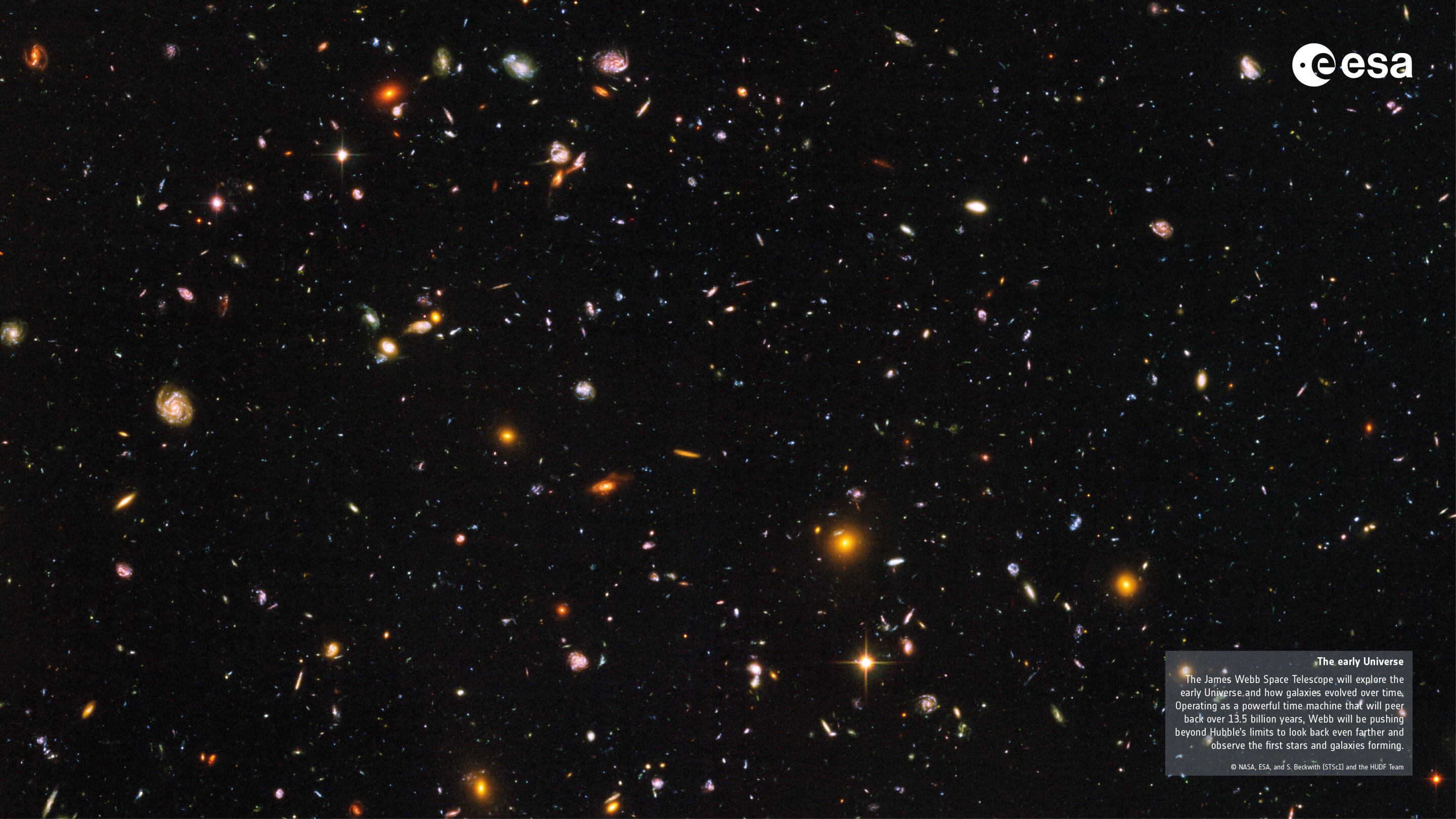× close
Researchers have created a groundbreaking computer simulation of the early universe that perfectly matches the findings of the James Webb Space Telescope (JWST).
Original observations from the JWST hinted at discrepancies in our understanding of early galaxy formation. The initial galaxies examined by the JWST appeared to be brighter and larger than what was predicted by existing theories.
A new study published in The Open Journal of Astrophysics presents findings by researchers from Maynooth University in Ireland and collaborators from the Georgia Institute of Technology. The study demonstrates that the observations made by the JWST affirm the theoretical expectations. The team utilized advanced computer simulations called the “Renaissance simulations” to depict galaxy formation in the early universe.
This simulation has the ability to accurately portray minuscule dark matter clusters and their progression, ultimately resulting in dark matter halos that support the formation of observable galaxies. It can also simulate the birth of the earliest stars in our universe, known as Population III stars, which are anticipated to be much larger and brighter than stars we see today.
The simulations employed by the researchers from Maynooth University align with the physics models determined by cosmological simulations, demonstrating a consistency between the formations of these galaxies and the theoretical expectations.
Lead author Joe M. McCaffrey, a Ph.D. student at Maynooth’s Department of Theoretical Physics, commented on the significance of the findings, stating, “These simulations are paramount in our quest to understand the origins of our universe. In the future, we plan to utilize these simulations to investigate the growth of massive black holes in the early universe.”
Dr. John Regan, an Associate Professor at Maynooth’s Department of Theoretical Physics, also spoke about the research and the future direction of his team, saying, “The JWST has transformed our comprehension of the early universe. With its incredible capabilities, we can now catch a glimpse of the universe as it existed only a few hundred million years after the Big Bang, when the universe was less than 1% of its current age.
“The JWST observations reveal that the young universe was teeming with intense star formation and a progressing population of massive black holes. Our next step will be to utilize these observations to inform our theoretical models—an endeavor that until recently was simply impossible.”
More information:
Joe McCaffrey et al, No Tension: JWST Galaxies at z>10 Consistent with Cosmological Simulations, The Open Journal of Astrophysics (2023). DOI: 10.21105/astro.2304.13755
Provided by
Maynooth University


